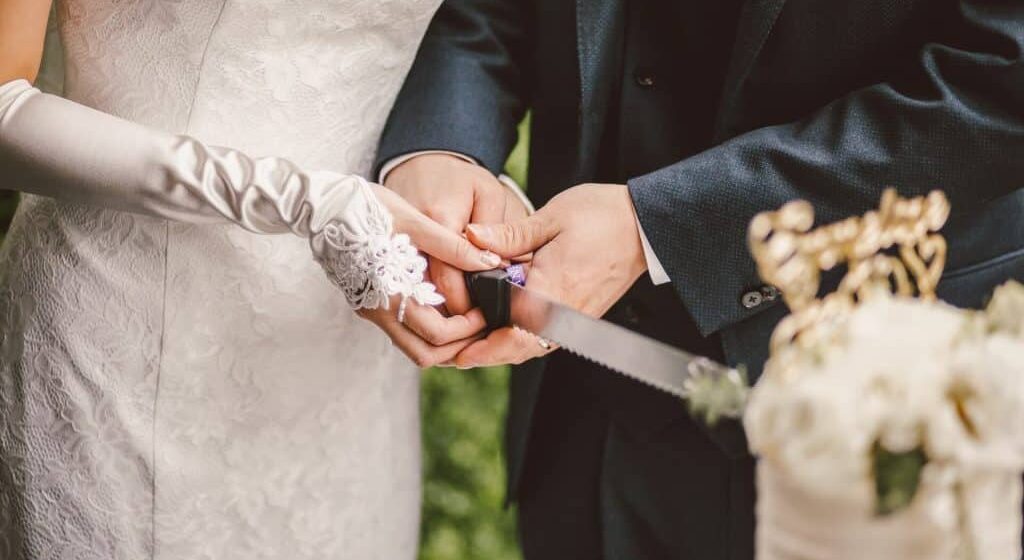A wedding is a ceremony where two people are united in marriage. Wedding traditions and customs vary greatly between cultures, ethnic groups, religions, countries, and social classes. Most wedding ceremonies involve an exchange of marriage vows by the couple, presentation of a gift (offering, rings, symbolic item, flowers, money), and a public proclamation of marriage by an authority figure or celebrant. Special wedding garments are often worn, and the ceremony is sometimes followed by a wedding reception. Music, poetry, prayers or readings from religious texts or literature are also commonly incorporated into the ceremony, as well as superstitious customs originating in Ancient Rome.

Some cultures have adopted the traditional Western custom of the white wedding, in which a bride wears a white wedding dress and veil. This tradition was popularized through the marriage of Quen Victoria. Some say Victoria’s choice of a white gown may have simply been a sign of extravagance, but may have also been influenced by the values she held which emphasized sexual purity.Within the modern ‘white wedding’ tradition, a white dress and veil are unusual choices for a woman’s second or subsequent wedding.
The use of a wedding ring has long been part of religious weddings in Europe and America, but the origin of the tradition is unclear. One possibility is the Roman belief in the Vena amoris, which was believed to be a blood vessel that ran from the fourth finger (ring finger) directly to the heart. Thus, when a couple wore rings on this finger, their hearts were connected. Historian Vicki Howard points out that the belief in the “ancient” quality of the practice is most likely a modern invention. “Double ring” ceremonies are also a modern practice, a groom’s wedding band not appearing in the United States until the early 20th century.

The exit from the wedding ceremony is also called the “send off”, and often includes traditional practices, such as the newlyweds and the wedding party bowing and kissing the knees of the elders in Ethiopian weddings. The send off often includes throwing rice (a symbol of prosperity and fertility) or other seeds at the nwlyweds in most of the Western world, as well as for example India and Malaysia. Despite fears of the opposite, the use of uncooked rice for this purpose is not harmful to birds.
The wedding ceremony is often followed by wedding reception or a wedding breakfast, in which the rituals may include speeches from the groom, best man, father of the bride and possibly the bride, the newlyweds’ first dance as a couple, and the cutting of an elegant wedding cake. In recent years traditions has changed to include a father-daughter dance for the bride and her father, and sometimes also a mother-son dance for the groom and his mother.
